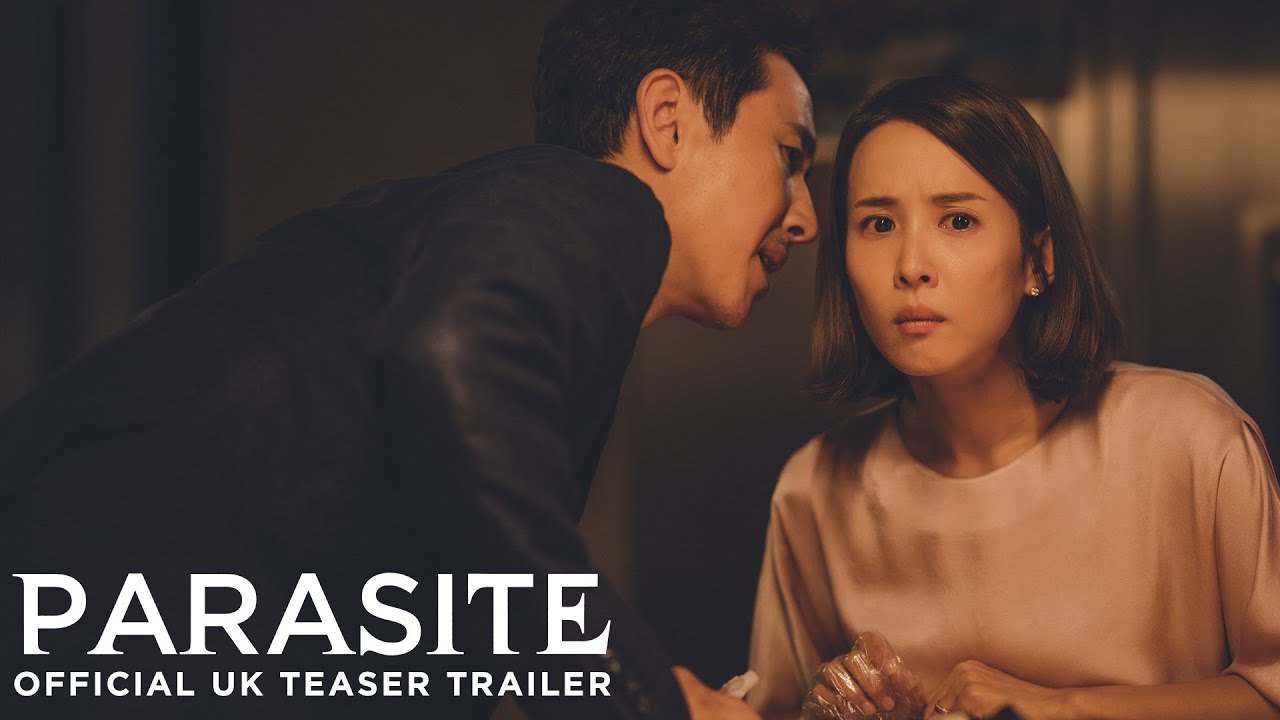With Parasite, Bong Joon-ho has solidified his reputation as a singular master of cinema. His films seamlessly blend dark comedy, visual flare, and social commentary, creating a genre unto himself. The level of detail with which he crafts a narrative is unparalleled. Across his career, Bong has played with physical levels to their fullest potential, placing characters, objects, and troubling locations in relation to their distance above or below one another for the viewer’s cinematic pleasure.
There is immediately a sense for Bong’s preoccupation with levels in his debut, Barking Dogs Never Bite, a film in which the characters all live in, or are connected to, a block of high-rise apartments. The film focuses on a series of dog murders, and this began a motif that would continue throughout Bong’s work – the association between downwards movement, and danger. The association is fairly simple in Barking Dogs, as both dog murders happen either through a downward motion (being dropped from height) or in a downward location (a basement).
Memories of a Murder follows the real-life case of Korea’s first serial murders, which took place between 1986 and 1991. An early scene sees detectives attempting to retrieve a woman’s body from a ditch. The location of the victim seems like a minor detail at first, but when after years the crimes still remain unsolved, the audience learns that the killer has revisited the ditch, reminiscing about the murder. It suddenly becomes a point of fixation for the killer, and a frustrating blind spot for the detectives. Downwards here evokes frustration more than grave danger – but in The Host, danger is paramount.
The film sees a monster abduct a young girl, Hyun-Seo, held underground by the creature in what appears to be its lair. Equally, in Bong’s later film Okja, the eponymous creature is brought down from its mountaintop home to a precarious world seemingly built to harm it. In both cases, characters face grave danger through the act of a downward movement, and in Parasite the central characters punished for the very same thing. The act of moving downwards comes with a sense of dread in Bong’s films – a fall from grace. It is more often for one to be pushed than to step down, into the injustices of what lies beneath, and the violence of being submerged into a darker world that, although hidden, unquestionably exists.
Still, as there is a downwards motif in Bong’s oeuvre there is also an upwards one. The filmmaker’s upwards motions have changed over time, some evoking spirituality or healing powers, others associated with deceit or illusion. For the former, we look to Mother, a film in which a woman’s son is accused of murder. Moon Ah-jung, the victim of the crime, is found at the top of an abandoned building, but the viewer soon discovers she was left there by her attacker, in an attempt to draw attention to her injuries in order to be saved. The rooftop suddenly becomes a space with a dual purpose, one of both violence and mercy. The attacker attempts to use the rooftop as a beacon, a place not to boast the grisly act, but instead to right it. The upwards space evolves from beacon to sanctuary in Okja, where the creature’s high-up farm is a paradise compared to the harsh, corporate world beneath the clouds. The luscious greens of the farm are endless, compared to the cold walls that the super-pig will be imprisoned within.
In Snowpiercer, there isn’t even any indication that this world contains levels at all. The film is set in a dystopian future, in which due to the arrival of a new ice age the entirety of humanity is left inside of a train. The train has a very distinct class system, with “the creator of the engine” Wilford at the top of the food chain, and the tail section of the train, led by Gilliam, at the bottom of it – until later it is revealed that beneath the floorboards child slaves work to keep the engine running. The idea of above space being imperceptible, with an invisible horror lurking beneath and shrouded by one-dimensional miseries, geniously portrays class struggles.
The glass ceiling is only transparent to those below. The cultural war the film so violently portrays is suddenly thrown into disarray: the revolution is built to fail, and exploitation is shown to exist at a level intrinsic to the survival of all under Wilford’s system. The precarity of an elusive higher level in Snowpiercer returns in Parasite, where the space above ground is occupied by a gorgeous piece of modern architecture, a house almost unimaginably beautiful to our protagonists, a family of swindlers looking for a way out – and another, blissfully unaware of what lies beneath.
Bong Joon-ho’s ability to create such richly layered spaces, even in the constraints of a single-leveled train, shows how greatly the filmmaker values space to build narratives. His singular style thrills and shocks the viewer – sending the mood both up and down, and certainly never where you could ever feel safe.



